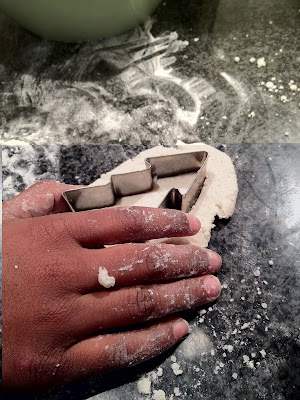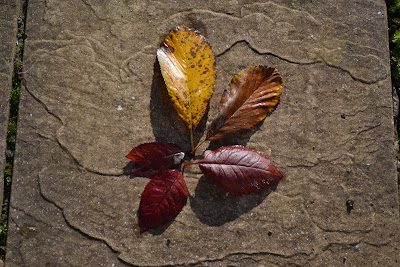I have been playing well outside the garden recently and
having great fun. This Saturday I tiptoed
nervously for the first time into a conference for bloggers, called the Mumsnet
BlogFest.

My BlogFest day started brilliantly. I love coincidence and unplanned
meetings. I once went on holiday to
southern Ireland and met a family for the first time who lived 4 doors down from
me in my London house. On Saturday the
first person I started chatting with was a blogger, Natasja King from
Crochetime. She mentioned to another
participant that she had recently decorated a local fence with some of her
work. A couple of days ago I had seen a
photo from one of the social networks of a beautifully decorated bench, which I
now know had been yarn bombed (watch for future posts about this). We discovered that not only had she decorated
that bench, but that she only lived a couple of miles from me. Not a bad coincidence from an audience of
over 300. From then the day just got
better and better. We laughed, shared,
digested, networked, chatted, listened, and learnt all in the spirit of BlogFestHood.
This Blog is now over 3 years old and I have loved and
looked forward to writing for it, thinking about what I might post, and taking
and learning to take photographs for it.
As with a garden I couldn’t help feeling that it was time to dig in a
few new plants and load a lot of more fertiliser onto the plot and to breathe
some new life into the blog. I hoped
that the Blogfest would provide me with a few pointers on how to achieve
this. It did and it gave so much more. A top
tip early into the day I was reminded that to write and write well is like
exercising a muscle that need to be stretched again and again. Regular posts = improved writing.
Another very strong message was to be true to yourself then you will start
to find a sense of your identity and your own voice in your writing. I always find it difficult when to make the
decision to stop editing a piece and hit the send button to publish the
post. My thought are always, have I said
too much, too little, crossed the border between the public and the private,
expressed feelings and emotions I would rather remain private or might affect
other people.
A number of bloggers on the platforms I attended had set
themselves boundaries between their private and personal personas. I never
identify any members of my family and others in my blog. You may have noticed that this also includes
photographs. There is obviously much
food for thought here. One of the most interesting questions from the audience
full of mummy bloggers was what she should do now that her 16 yr old son had
requested her to stop blogging about him.
A response from the Times journalist, Tania Bryon, that she should
respect his wishes received a large applause from the audience.
 |
| Caitlin Moran at Mumsnet Blogfest |
I want to blog to connect with people and share experiences that
may be familiar to them or that they may want to try in the future. I would love people to read what I write and
say yes what you say resonates with me.
Or think I’m kind of interested in your views and I’ll come back to this
blog at a later date. I loved Caitlin Moran’s
take on good writing. That it was like
playing pool, where you had to walk around the table and take the shot on the ball
no else has. I’ll now be doing lots of traipsing around my and other people’s
gardens working my way through the angle I need to write about.
The day really made me think about what blogging was all
about. What makes it different from
writing a book, a series of articles or a regular column in a newspaper or
magazine? My view following the Blog Fest
is that it is most similar to that now rather old fashioned form of
communication, the personal letter.
Several of those speaking on Saturday said they had a particular person
in mind when writing. A friend who now
lives in India says that she often reads this blog as a way of keeping up with
me and my family. So maybe she will be my ghost reader.
 |
| Sunny Spells |
Oh and by the way the day also ended brilliantly. A goody bag to die for was the icing on the cake. I loved everything in it, but what I liked
best was the message above displayed on an umbrella box. Well the sun certainly shone on
Saturday. Thank you so much Mumsnet for
such a lovely lesson in Blogging. It couldn't have been better
Read more about the
BlogFest here.




















































